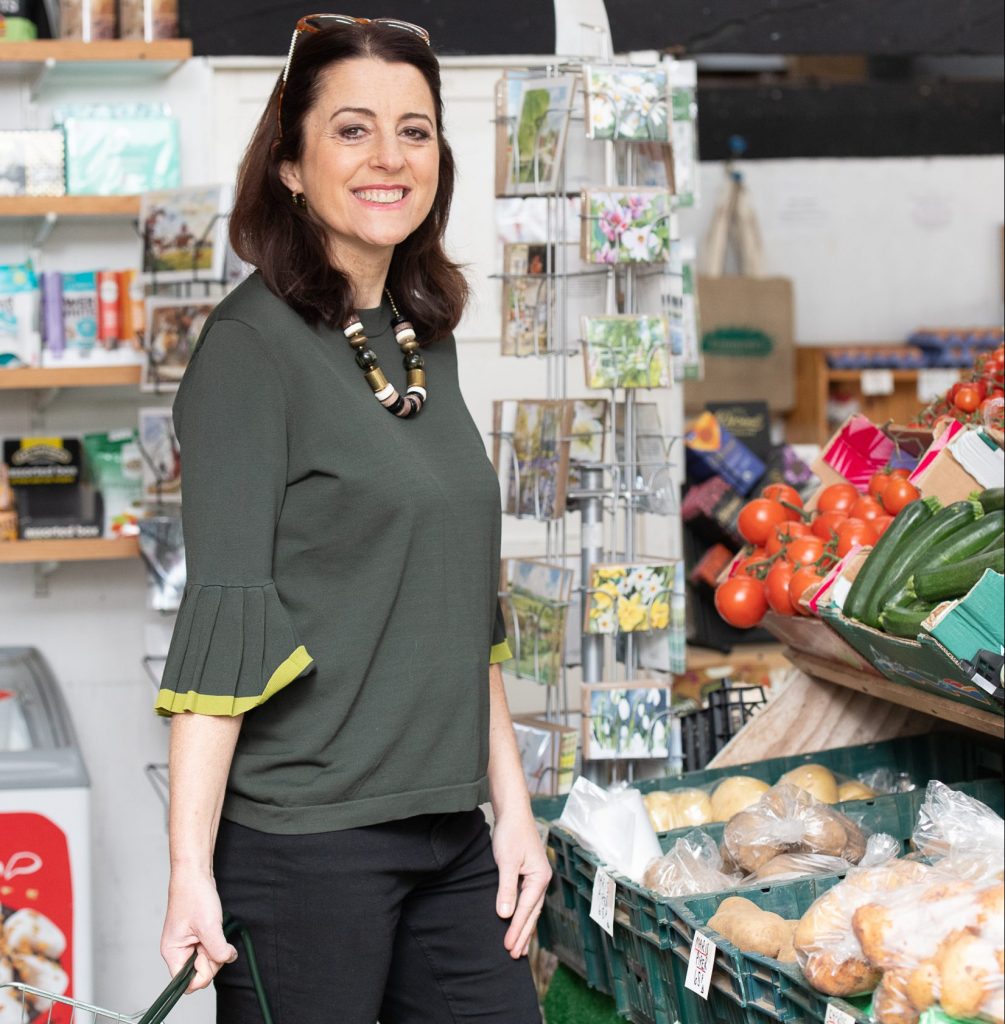
Good food but at lower prices
With fuel prices rising, the cost of food rising and inflation rising what can we all do to keep the cost of our food bills manageable? This is a question I am often asked as the creator of recipes and a BANT registered nutritionist.
Cheaper Protein Sources
- Don’t worry about buying a particular size of eggs i.e. “large” or “extra large” to meet the demands of a recipe. A recipe has rarely gone wrong in my time using the “wrong” sized egg. Buy a mixed sized tray (that’s how they’re laid after all) to save money. If they’re really small eggs then double up.
- Tinned and frozen fish is often cheaper than fresh. Tinned fish such as sardines, mackerel, herring and salmon is a great source of omega 3 fats as well as good quality protein. Frozen fish tends to be frozen soon after being caught which means it maintains its nutrients too.
- Legumes such as lentils, beans and chickpeas are not only protein rich but also a source of complex carbohydrates.
- Stretch minced (ground) meat. Minced (ground) meat is often some of the cheaper meat to buy. Whilst you can use this to make delicious burgers with some grated vegetables, egg, breadcrumbs and seasoning you can also use a combination of mince and lentils in a bolognaise or cottage pie for example, thereby stretching the meat a little further.
- Dairy foods such as yogurt, cottage cheese and cheese are versatile and can be used in savoury or sweet recipes and also in meals as well as baked goods and pancakes.
Cheaper Carbohydrates
- Oats are a cheap grain to buy and make porridge, flapjacks and biscuits with. Oats can be ground down into flour as a thickening agent, for use in baking or pancake making.
- Quinoa has now become a cheaper grain to purchase and is also incredibly versatile. You may find packs that you can microwave in places like Aldi useful for a quick meal alongside a curry or chilli.
- Buy un-popped corn and make your own popcorn. You can season it any which way, but you’ll save a packet by not buying in packets!
- Root vegetables are a great source of complex carbohydrates, especially when in season. Try a range of root vegetables. You’ll be surprised just how cheap a swede or celeriac will be in season. When purchasing potatoes, buy them with mud on as these will last longer than scrubbed potatoes.
Cheaper Vegetables
- Frozen vegetables can save you money whilst contributing to your nutrient intake. Frozen at source and provided they don’t stay in your freezer for too long you can in fact gain from using frozen edamame, spinach, peas, garlic, ginger and onion.
- Tinned vegetables such as sweetcorn, green beans and tomatoes can also make a great contribution to a nutritious diet.
- Wonky and imperfect vegetables are cheaper and tend to be sold as “essential” or “value” depending on which supermarket you shop in. Or try one of the Oddbox boxes of vegetables.
- Seasonal vegetables will generally be more nutritious for you and cheaper too because when vegetables are in season supply exceeds demand, bringing the price down.
- Some vegetables are cheaper to buy throughout the year due to the ease with which they grow and/or are transported: onions, broccoli, spinach, sweet potatoes, potatoes, carrots, cabbage and butternut squash are great examples.
Cheaper Fruit
- Frozen fruit is a nutritious and cheap option especially in the cooler months when fresh versions are ridiculous prices and have travelled miles.
- Tinned Fruit is a cheaper option but be careful to choose fruit in fruit juice as opposed to sugar syrup.
Cheaper Spices
- Don’t feel the need to buy copious amounts of spices but do buy the few you feel you need in bulk then decant into smaller containers.
- A few spices such as cumin, coriander, garam masala, black mustard seeds, cinnamon, cloves, nutmeg, turmeric and paprika can go a long way in terms of creating varied flavours.
Hopefully, with these select tips you can keep your food budget manageable and still make nutritious and delicious meals and snacks.
